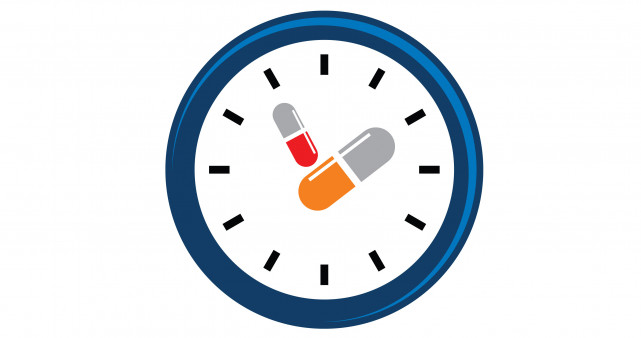People who start antiretroviral (ARV) treatment for HIV within six months of contracting the virus reap greater health benefits in the subsequent three years compared with those who start with a healthy CD4 count of 500 or above yet later in the course of their infection, aidsmap reports.
Publishing their findings in the journal AIDS, Shweta Sharma, MS, of the School of Public Health at the University of Minnesota, and colleagues with the INSIGHT START Study Group conducted an analysis of data from the randomized, controlled START study, the main findings of which were first reported in 2015.
START enrolled 4,684 people with HIV who had a CD4 count greater than 500 and randomized them to start ARVs immediately or when their CD4s declined to 350 or below. The study found that, overall, earlier treatment was associated with a 72% lower risk of serious AIDS-defining health events and a 39% reduction in serious non–AIDS-related healath events compared with delaying treatment.
A total of 373 participants were considered recently infected and thus in what the investigators called Group 1. These individuals reported contracting HIV within six months of enrolling in START or were diagnosed with the virus during that same period and tests of their HIV antibodies indicated a recent infection.
Meanwhile, 2,634 people had contracted HIV six to 24 months prior to enrolling in START and were in Group 2. Group 3 consisted of 1,605 people who had been living with the virus for two or more years.
At the study’s outset, the median CD4 count was 660 in Group 1, 654 in Group 2 and 644 in Group 3. The CD8 counts of those in Group 1 were also lower than those of the members of Group 2 or 3, suggesting that their immune function had a greater level of abnormality at the beginning of the study.
Compared with those in the other two groups, individuals in Group 1 were more likely to have an initial viral load above 50,000 and less likely to have a viral load below 3,000.
During an average follow-up of three years, the average overall rise in CD4 count was 194, including an increase of 231 cells in those in Group 1, 202 cells in those in Group 2 and 171 cells in those in Group 3. The members of Group 1 also saw their CD4 to CD8 ratio increase, suggesting they experienced a greater normalization of their immune function.
Among those in the deferred-treatment arm of the study, those in Group 1 were 52% more likely to see their CD4s decline to less than 350 or to receive an AIDS diagnosis compared with those in Group 3. For each 100 cumulative years of study follow-up, those in Group 1 experienced a median of 15.6 cases of HIV disease progression while those in Group 3 experienced 10.5 cases.
The study authors concluded that their findings stress the importantce of immediate initiation of antiretroviral treatment for HIV.
To read the aidsmap article, click here.
To read the study, click here.







1 Comment
1 Comment